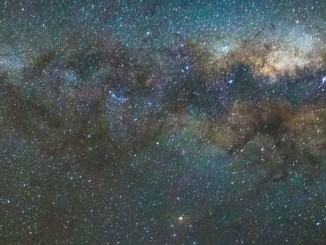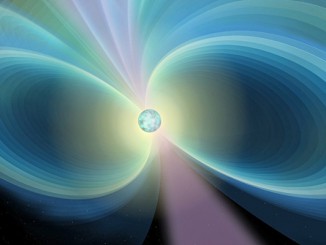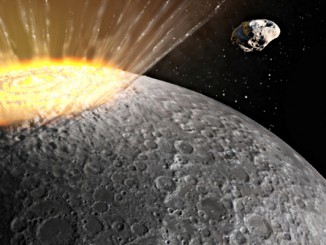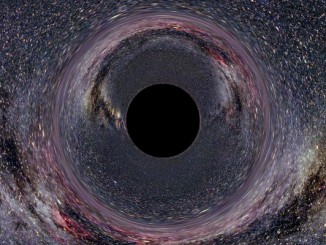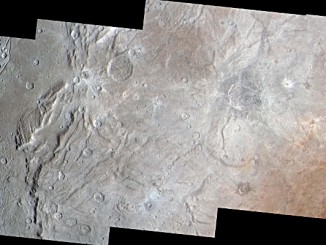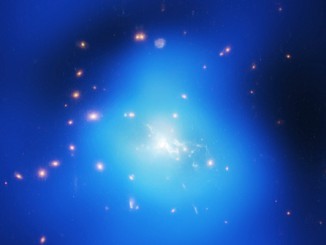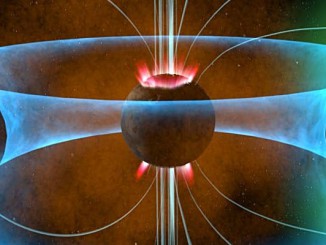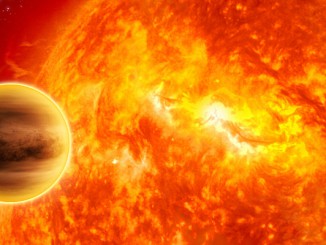
Exoplanet anniversary: from zero to thousands in 20 years
On 6 October 1995, astronomers started a revolution with the discovery of 51 Pegasi b — the first planet found orbiting a Sun-like star beyond our solar system. As we celebrate the 20th anniversary of that momentous discovery, the current total of known exoplanets stands at 5,596. More than 1,000 of these were discovered by NASA’s Kepler mission.

